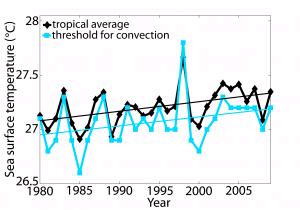‘Fingerprinting’ Method Tracks Mercury Emissions from Coal-Fired Power Plant
ANN ARBOR, Mich.— For the first time, the chemical “fingerprints” of the element mercury have been used by University of Michigan researchers to directly link environmental pollution to a specific coal-burning power plant.
The primary source of mercury pollution in the atmosphere is coal combustion. The U-M mercury-fingerprinting technique – which has been under development for a decade – provides a tool that will enable researchers to identify specific sources of mercury pollution and determine how much of it is being deposited locally. (more…)

